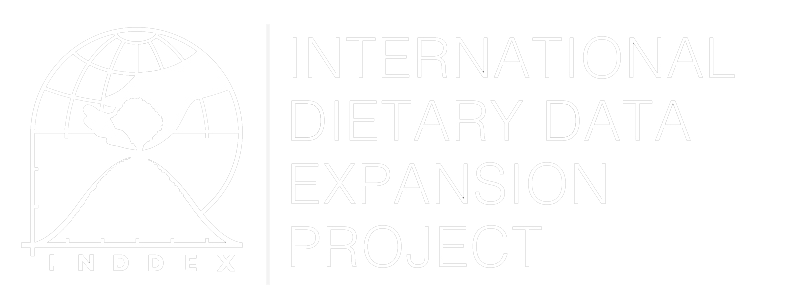Packaged Food Retail Volumekilograms/capita
Overview
Packaged food retail volume refers to a broad range of packaged foods including baby food, snacks, processed fruits and vegetables, and ready meals (Euromonitor, 2018). This is an indicator that can be used to understand trends in shifting dietary patterns and changing dietary quality. Low- and middle-income countries have rapidly been undergoing a nutrition transition characterized by increased consumption of processed foods coupled with decreased consumption of fresh foods (Baker et al., 2020, Popkin et al., 2022). This comes with serious health implications, as packaged and processed foods tend to be less nutrient-dense, more energy-dense, and linked with poorer diet quality (Poti et al., 2017). The packaged food retail volume is a national-level indicator that quantifies the volume of packaged foods sold at markets - including supermarkets, wet markets, convenience stores, and online purchases-reported in kilograms per capita. When used in conjunction with fresh food retail volume, this indicator can contribute to a better understanding of the food system and provide a picture of the ongoing dietary transition (Global Nutrition Report, 2021).
Method of Construction
The total amount of packaged foods sold in various retail outlets of interest (e.g. supermarkets, wet markets, convenience stores) should be converted into kilograms and summed. This figure is divided by the total population of interest to determine the amount of packaged food retail volume (kg/capita). If calculating this indicator from primary data, it is necessary to clearly define what is meant by packaged foods and what is meant by markets. For example, the NOVA Food Classification system could be used as an alternative to group foods into unprocessed/minimally processed, processed, and ultra-processed categories (Monteiro et al., 2016). Alternatively, the Euromonitor definition could be used (Euromonitor, 2018). Currently, data for this indicator are collected for a subset of countries (none of which is low-income) and available for purchase from Euromonitor (Euromonitor, 2016). Government ministries may also collect data related to market-level retail sales and/or volume.
Uses
This indicator, in combination with the retail volume of fresh foods, has been recommended by the Global Nutrition Report (GNR) to assess national food consumption diversity (Global Nutrition Report, 2015). When used in conjunction with other market-level data on production and/or consumption, it can also be used to capture the extent to which foods are being processed versus sold fresh within national markets.
Strengths and Weaknesses
One strength of this indicator is that it allows for an analysis of an important aspect of the food environment and is comparable across many countries. However, if using Euromonitor data, it only provides information at the aggregate level for the quantity of all packaged foods and for a select subset of high- and middle-income countries. Therefore, anyone interested in more detailed information on packaged foods, or identifying the quantity of packaged food retail volume for low-income countries, should consider other data sources or indicators (Euromonitor, 2016).
The breadth that comes from combining foods of all levels of processing also means that this indicator does not provide specific insight into ultra-processed foods, which are foods that have undergone industrial processes that extend shelf life and which have been shown to have, particularly detrimental health and nutritional implications (Hall et al., 2019). Percent of energy comprised of ultra-processed foods would be a more effective indicator for capturing the consumption of this food group. Another weakness is that, as a national-level indicator, packaged food retail volume does not capture any measurement of distribution among regional, socioeconomic, or age/sex groups. An indicator like individual intake of certain food groups, such as processed meats, would be a more appropriate proxy for examining packaged food consumption on a finer scale or potentially across sub-populations or groups; however, this would require individual-level dietary data from 24-hour Dietary Recalls or Food Frequency Questionnaires.
Data Source
One potential data source for this indicator is Euromonitor, which collects and compiles data on fresh food retail volume in 54 countries. However, none of these are low-income countries, and access to the data must be purchased (Euromonitor, 2016). Other related indicators, for example, include the percentage of energy comprised of ultra-processed foods.
